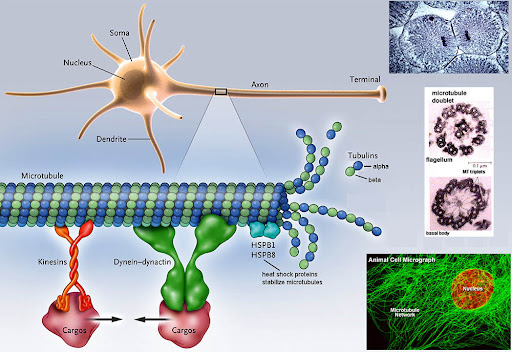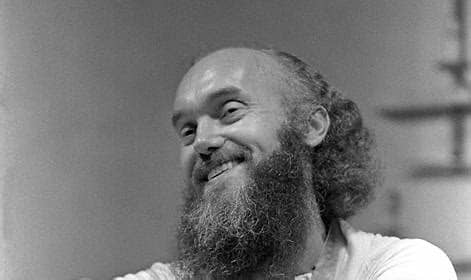
One system through which you can look at it all, is that there are a set of vibrations or frequencies, you can call them the physical plane, the astral plane, the causal plane, and that which is beyond the beyond.
That’s a good image, “beyond the beyond.” In Tibetan, there is a mantra, which is “Gate, Gate, Paragate, Para Sam gate Bodhi svaha,” which means, “To that which is beyond the ocean of existence, I give homage; to that which is beyond the beyond.” That’s the place beyond those three levels.
Now what are those three levels? Look at it this way: Imagine a light bulb, and the light bulb has three layers of glass. There is the inner layer of glass, the middle layer of glass, and an outer layer of glass. Inside the light bulb is the same thing that’s outside the light bulb, pure consciousness, pure energy, and even these layers of glass are made up of merely “patternings” of this entire package called this “light bulb.”
Now imagine dipping this light bulb into a series of births – chemical baths, and the quality of these chemical baths is that they do two things. Each chemical bath thins the outermost layer of glass, and simultaneously, it leaves on the outermost layer of glass, which determines when the bulb comes out of the bath, and what next bath it will be pulled into. It codes the bulb for what its next bath will be. It goes from bath to bath to bath to bath, until it comes to a bath where the outer layer has gotten so thin that this particular bath breaks through, and the glass goes “poof!”
Now there are only two layers of glass left.
The subjective experience of that poof is, “Oh, so that’s the way it all is…” It’s the moment of waking up out of the illusion. That’s the place where, like Ramana Maharshi said, “You are finished with physical birth,” because the outer layer is the set of pre-dispositions which pull you each time into a physical birth, and keep you going through physical birth, after physical birth. Then this “poof!” occurs, and then you only have two layers of glass, leaving the physical. So then you start birth after birth, after birth on the astral plane, without a physical body, until “poof!” that goes.
Then you have one layer of glass.
So then birth after birth, and now you’re on the causal plane, the world like Plato’s world of pure ideas. It’s the highest place you can get on in the world of form or energy. It’s the basic laws of the universe, from which all the rest is manifestation, the world of pure idea. You’ve got one layer of glass then, and finally, you go through that enough until “poof!” that’s gone and the inner and outer are one again.
The bath is your entire heredity, your entire environment, it is everything that is happening to you, that has happened, and that will happen to you in this lifetime, and it is all done. You must understand that there are no accidents whatsoever in the universe.
-Ram Dass
Like this:
Like Loading...

































